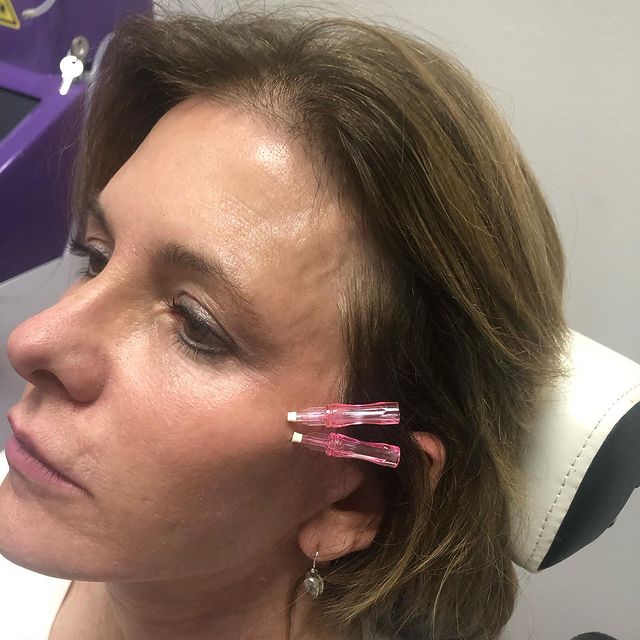
Aimovig can be combined with Botox if you suffer from migraines. This article will cover the benefits and side effects of these medications. Botox was also approved by The American Academy of Neurology. Botox and Vioxx are both recommended for treating migraine headaches together. However, side effects can be severe.
Side effects of Aimovig
Botox and Aimovig are not comparable in clinical trials. Both medications have proven effective for chronic migraine headaches. After three months, 40% of patients with chronic headaches experienced fewer headaches. Botox helped reduce headache days by an average 9.2 days per months over 24 weeks, which is lower than the average for non-users. Although both medications are brand names, neither one is available as a generic.
While the side effects of Aimovig and botosx are usually minor, serious complications may occur. Even though serious side effects are uncommon, it is important to consult your doctor if you have any concerns. Aimovig can cause high blood pressure. This may be a sign that your doctor has recommended a different medication or alternative treatment.

Side effects of Botox
You might be curious about what to expect during an injection of aimovig. Botox can be administered to patients at the doctor's office every 12 weeks. The procedure involves 31 tiny injections. Botox is a different treatment than Aimovig, but both have similar side-effects. Botox injections may help prevent migraines.
Botox injections have few side effects. However, there is the possibility of muscle weakness, eyelid ptosis and neck pain. These side effects are usually temporary and resolve within a few weeks. However, they can adversely affect the patient's ability to comply with the procedure. In addition, Botox treatment requires regular injections every 12 weeks. The injections may be painful and will require a cold compress to last for several days.
Side effects of CGRP mAbs
While side effects of CGRP inhibits have been documented in a few clinical trials they weren't common. Many patients also had other inflammatory conditions, while some suffered unexpectedly from an exacerbation or worsening of an already existing condition. Some patients were identified as being 'at high risk' but it remains unclear if they are. The lack of information regarding the drug-drug interactions between CGRP inhibitors and other inflammatory comorbidities has led to a cautious approach. Physician awareness of this risk group is essential to ensure safety of CGRP inhibitors, and patient registries are needed to identify patients at risk.
CGRP mAbs cause severe flares of psoriasis and arthritic conditions. Psoriasis and psoriatic arthritis are both characterized by distinct phases of inflammation. During the initiating stage, keratinocytes secrete antimicrobial proteins that stimulate plasmacytoid cells. These peptides stimulate myeloid cells to develop and differentiate into TH1 or TH17 cells. Activated myeloid cell dendritics migrate to lymph nodes and increase inflammation.

Combination therapy has side effects
Botox, and Aimovig, are prescription drugs to treat migraine headaches. Aimovig, an intramuscular injection, is administered once per 12 weeks. Both medications can cause similar side effects. Both medications can cause serious side reactions when combined. Your doctor should be consulted if you are considering trying any combination of these drugs. You should also learn about the risks involved with each treatment.
Botox, an FDA-approved treatment to treat migraines, is available for adults. It requires at minimum 31 injections. Each three months, it is repeated. While there are no side effects to the treatment, it can cause temporary muscle weakness as well as decrease compliance. It affects the release neurotransmitters like CGRP. Botox can also cause muscle weakness.